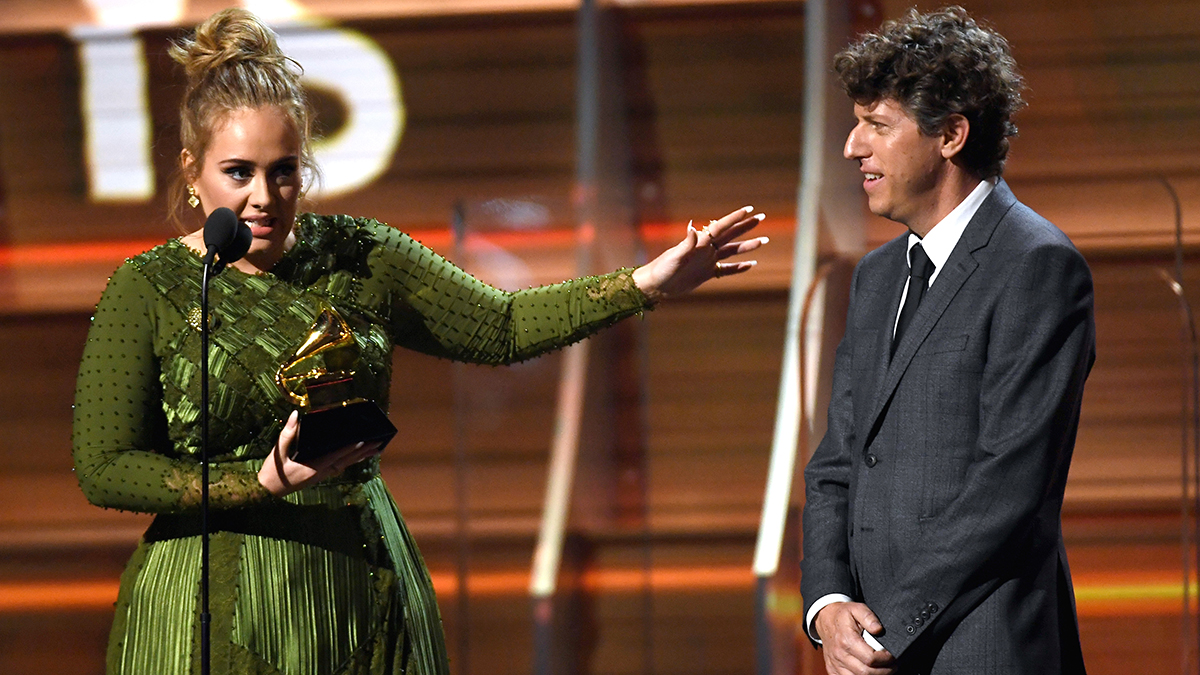Producer Greg Kurstin on songwriting with Adele: “I have to find the right sequence of chords or the beginning of a song that ignites something in her”
“I get on the piano and then I’ll get a sense of, ‘Oh, she likes this little bit I’m playing right now,’” he explains

Few songwriter-producers have had a bigger impact on the sound of 21st-century pop than Greg Kurstin. The likes of Lily Allen, Kelly Clarkson, Pink, Foo Fighters, Beck and even Paul McCartney have benefited from his magic touch… and then there are his frequent collaborations with Adele.
Having already worked on the singer’s previous album, 25 - he co-wrote and produced Grammy-winning lead single Hello - Kurstin was even more involved on follow-up LP, 30, which landed in late 2021.
There’s a good chance that more Grammys will follow. 30 is up for two awards, while Easy on Me, another lead-off Adele single that Kurstin co-wrote and produced, is nominated for both Record of the Year and Song of the Year.
The partnership clearly works, then, but how does it work? In a new interview with Billboard, Kustin was asked if it starts with helping her to ‘unpack’ her emotion.
“I’m definitely there to navigate that emotional terrain,” he confirms, before adding that “I have to find the right sequence of chords or the beginning of a song that ignites something in her and whatever lyric she’s wanting to write that day.”
Offering a little more detail, Kurstin explains: “So, I will search. Sometimes it takes a long time; sometimes it happens immediately; sometimes it’s at the very end of the day. Usually, I’ll just improvise, trying to imagine where she wants to go.”
Usually, I’ll just improvise, trying to imagine where she wants to go.
What’s more, it seems that, once the pair are on the same wavelength, the songwriting happens with little verbal communication.
Want all the hottest music and gear news, reviews, deals, features and more, direct to your inbox? Sign up here.
“We don’t really discuss [the process]... I get on the piano and then I’ll get a sense of, ‘Oh, she likes this little bit I’m playing right now,’ so I’ll stay there,” Kurstin reveals. “Sometimes I do that for an hour or two while she’s formulating lyrics, and I just know I don’t want to move; I don’t want to change anything, because if she’s writing, I feel like it’s going well. So I’ll stay where I am. It’s like a meditation.”
A classically-trained jazz pianist, Kurstin also told Billboard that his former career as a session musician has helped to inform the supportive attitude he brings to his work, whichever hat he happens to be wearing (songwriter, musician or producer).
“I just bring it all back to when I was just a side musician accompanist working with a singer,” he says. “I would try to support what they’re doing and not be a distraction, but to bring out the best emotion by finding the right chords and the right arrangements. I translated that to production, in a way.”

I’m the Deputy Editor of MusicRadar, having worked on the site since its launch in 2007. I previously spent eight years working on our sister magazine, Computer Music. I’ve been playing the piano, gigging in bands and failing to finish tracks at home for more than 30 years, 24 of which I’ve also spent writing about music and the ever-changing technology used to make it.